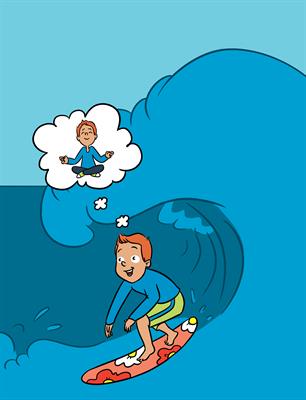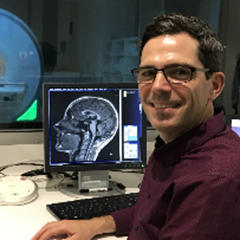
Different ways to help those with mental illness
Collection Editors
Daniel HermensViews
415,011 viewsParticipating Sections
Submission Deadline
Closed
Articles

Neuroscience and Psychology
11/12/2019
Might Lifestyle Choices Reduce the Risk of...
Authors
Cristy Phillips, Aaron Baldridge, Colin Phillips, Mehmet...
Human Health
09/12/2019
What Is Obsessive Compulsive Disorder?
Authors
Pedro Morgado
Neuroscience and Psychology
24/05/2019
How Surfing Could be a Treatment for Mental...
Authors
Bryan D. Peck, Jim Lagopoulos
Human Health
11/03/2019
Muscling Up on Mental Illness: How Exercise Can...
Authors
Grace McKeon, Simon Rosenbaum
Neuroscience and Psychology
01/03/2019
A Gym Workout for Your Brain: How Mindfulness Can...
Authors
Ben Isbel
Neuroscience and Psychology
01/03/2019
The Physics of MRI and How We Use It to Reveal...
Authors
Kathryn Mary Broadhouse
Neuroscience and Psychology
20/02/2019
Using Magnets to Stimulate the Brain Helps People...
Authors
Manreena Kaur, Karyn E. Richardson, Paul B. FitzgeraldAbout this collection
Mental health researchers are constantly working on ways to help people with illnesses such as anxiety and depression. Unfortunately, many people of all ages are affected by mental illnesses and not all respond to traditional treatments (such as medication) or they and their doctors prefer the option to try different types of treatment. For a number of decades medications such as anti-depressants have been used by people to help treat their mental illness, and they have their pros and cons. In some cases, people may need other, more novel treatments in addition to their traditional treatments, to improve the mental health even more. So, it is important that people have some different options. But what might other treatments be? What are some of the different ways that we can help to change the brain and body to improve mental health? You might be surprised at how many good and interesting treatment choices are now available for people with mental illness.When it comes to mental health or the treatment of mental ill-health, the brain is a very important aspect. Researchers have been able to show that mental illnesses often involve changes in the brain and so the brain is usually a ‘target’ of treatment. In other words, effective treatments that change how the brain functions (quickly or slowly, in big ways or small ways) often match with changes in symptoms (for example, improvement in mood or feeling less anxious). All treatments in mental health seek to improve symptoms and they often do this by helping the brain and body work better.
In this collection of articles, researchers will explain and demonstrate how things like physical exercise, meditation or magnetic stimulation work when it comes to improving symptoms of mental ill-health. Also, since the target of such interventions is typically the brain, this collection will include articles about the best ways to measure changes in the brain – such as Magnetic Resonance Imaging (MRI) that provide us with detailed pictures of brain structures, and how they are connected or disconnected.
For example, in these articles, we’ll find out how surf therapy benefits people with stress-related disorders, not only because it involves physical exercise, but also because it involves risk taking and a connection with nature - how interesting is that! Importantly, researchers working with a new form of treatment are trying to demonstrate how the intervention changes brain structure and function and how these changes are linked to improved mental health. Why? So, we can better understand why some individuals respond to this treatment, whether the treatment has ongoing effects and who may benefit the most from it.
Would you like to submit to this collection?
For researchers interested in submitting to this Collection, please consult our author guidelines and check that you have all the essentials included before submitting




